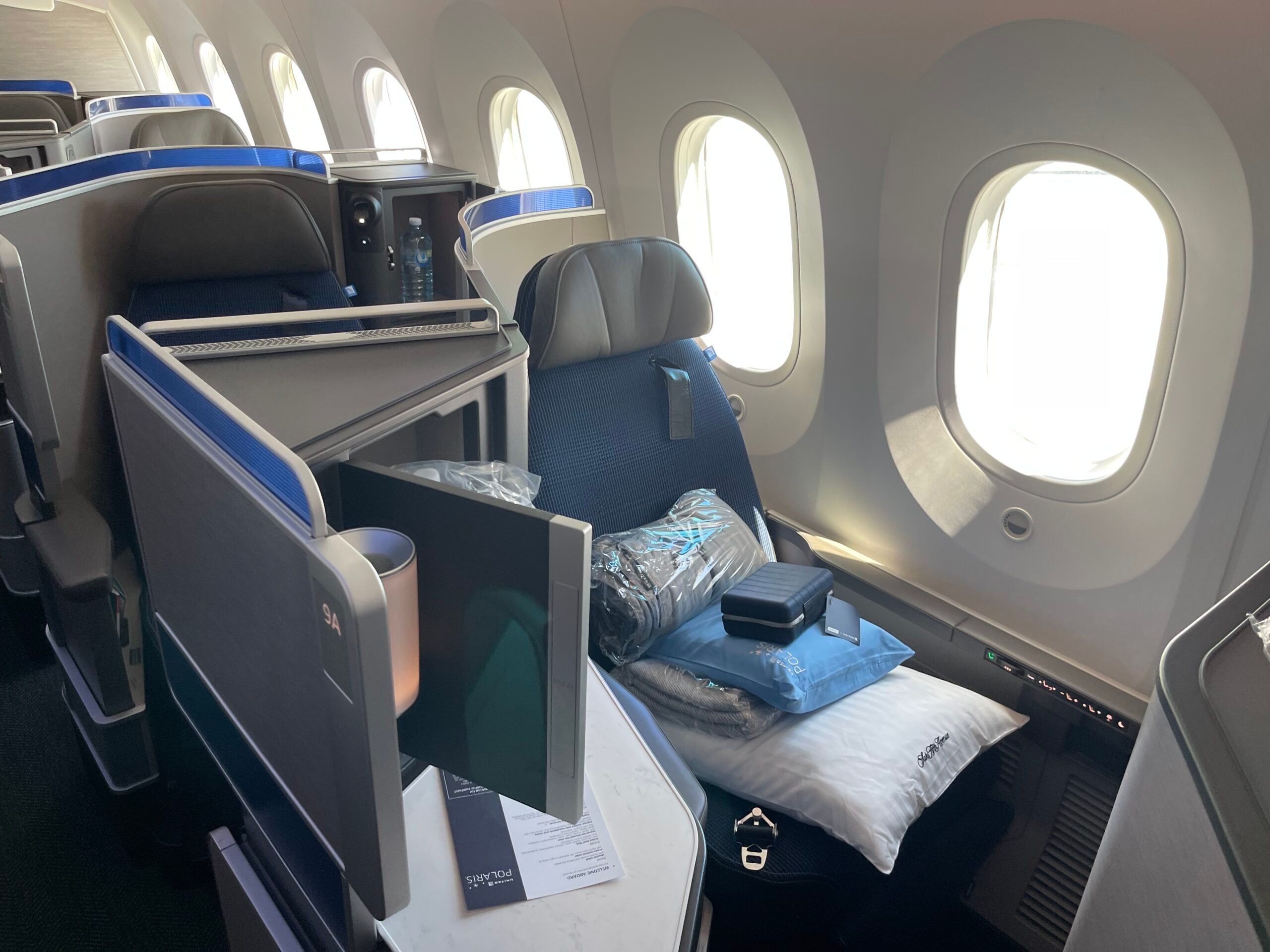As temperatures begin to warm and the promise of summer is around the corner, one official at the Port of Quebec is getting excited about winter.
The port normally welcomes cruise lines from spring through fall, with leaf-peeping cruises making September and October its busiest time of year.
But Quebec City will host its first winter cruise in early 2025. The city will serve as the embarkation and disembarkation point for Ponant as it sails Le Commandant Charcot on four, 12-night open jaw cruises voyaging back and forth from Saint Pierre Island off the Canadian Coast.
“We are attracting a segment of the market that already did Antarctica, that liked the cold and wished to discover new winter destinations,” Marie-Andree Blanchet, the director of cruise and innovation for the Port of Quebec, told me. “We’ll see how it performs, but we already know that it performs very well in the sales for Ponant.”
This development opens the door for the port to claim that it can be a year-round destination for cruising. Ponant will have to use its polar-class ship to navigate ice conditions in the St. Lawrence River this time of year, and guests may have a chance to see newborn harp seals called whitecoats on the ice around Iles de la Madeleine, although they are normally born from late February to mid-March.
As the weather warms, April becomes the typical launching pad for Quebec’s cruise season. This year, cruising began on April 10, the port’s earliest start to date. Meanwhile, cruise lines are committing more ships for summer ahead of the iconic fall season. For instance, Holland America Line next year plans to call in the city from May through November.
Despite that early April start to the season, passenger volume is expected to remain shy of prepandemic levels. The port recorded 160,000 cruisers last year, down from a high of 180,000 in 2019. This year is expected to resemble 2023. It’s worth noting the port has a 15,000-passenger daily limit for the number of cruisers in Quebec City, a Unesco World Heritage city, which could curb its growth.
Despite the lower number of cruise passengers, the city is seeing an evolution in the types of ships that are visiting; mainly, there’s an increase in expedition ships. Of larger vessels, the lines that used to send their midsize tonnage are now sailing larger ships to Quebec City.
“I would say we’re more diverse than ever,” Blanchet said. “We range from the 200- to 500-guest luxury ship to 4,200-passenger contemporary ships.” That has led to more diversity among guests, including more active cruisers who want to explore the outdoors and passengers attracted to cultural activities and gastronomy.
Blanchet said port officials used to be concerned about whether they had enough wheelchairs, and now they are asking whether they have enough bicycles next to the terminal.
The port is also seeing a change in the nature of cruise ship visits, with more turnarounds. In 2023, the port had 31 embarkation and disembarkations, up from 15 in 2019.
“The model is changing. I think they are recognizing the value of Canada for homeporting and doing open jaw,” she said about cruise lines.
Meanwhile, the port continues to evolve. Officials are pursuing a $45 million shore power project that it sees as a competitive advantage for the future as more cruise lines look to meet decarbonization targets. The goal is to have three berths operational for ships to plug into by 2027, Blanchet said.






